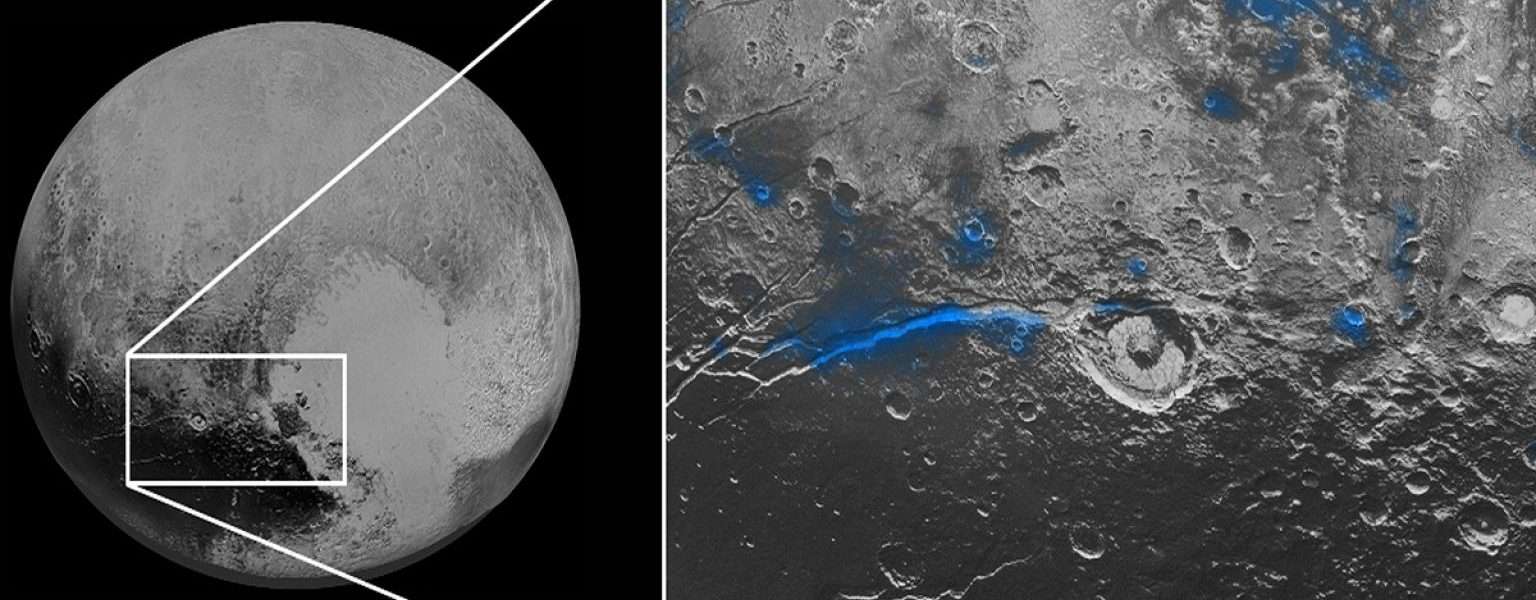The distant dwarf planet Pluto, once considered a barren wasteland, continues to surprise us with its complex and fascinating features. NASA’s New Horizons probe, in a groundbreaking discovery, has revealed the presence of blue skies and evidence of frozen water on the surface of Pluto. This revelation dramatically alters our understanding of the celestial body and suggests a more dynamic and potentially habitable environment than previously imagined. These findings from the New Horizons mission not only expand our knowledge of the outer solar system but also prompt further investigation into the processes shaping planetary atmospheres and surfaces;
The Enigmatic Blue Atmosphere of Pluto
The discovery of a blue atmosphere on Pluto was unexpected, to say the least. Scientists believe this phenomenon is caused by small particles called tholins, which are complex organic molecules formed when ultraviolet light interacts with methane in Pluto’s atmosphere. These tholins scatter blue light more efficiently than other colors, giving the atmosphere its distinctive hue, much like Earth’s atmosphere scatters sunlight.
- Tholins: Complex organic molecules responsible for blue light scattering.
- Methane: A key component in Pluto’s atmosphere that reacts with UV light.
- Light Scattering: The process by which particles redirect light, creating the blue color.
Frozen Water on Pluto’s Surface
While frozen water ice was expected to exist on Pluto, the New Horizons probe provided detailed spectral data confirming its presence. However, the distribution of water ice is not uniform. It is primarily found in specific regions, often exposed on mountain peaks and crater rims. The reasons for this uneven distribution are still under investigation, but likely involve factors such as solar radiation, sublimation, and geological processes.
Possible Explanations for Water Ice Distribution
- Sublimation: The process of ice turning directly into gas, influenced by solar radiation.
- Geological Activity: Past or present geological processes that could expose or bury ice.
- Solar Radiation: Differential exposure to solar radiation affecting ice stability.
Comparative Table: Pluto vs. Earth Atmosphere
| Feature | Pluto | Earth |
|---|---|---|
| Primary Gas | Nitrogen, Methane | Nitrogen, Oxygen |
| Color | Blue | Blue |
| Presence of Water | Frozen Water Ice | Liquid Water, Water Vapor, Ice |
| Tholins | Present | Absent |
Further research is needed to fully understand the implications of these discoveries. The blue skies and frozen water on Pluto present a compelling case for continued exploration and investigation of the dwarf planet. Understanding the processes that shape Pluto’s atmosphere and surface could provide valuable insights into the evolution of other icy bodies in the outer solar system, perhaps even shedding light on the potential for life beyond Earth.

